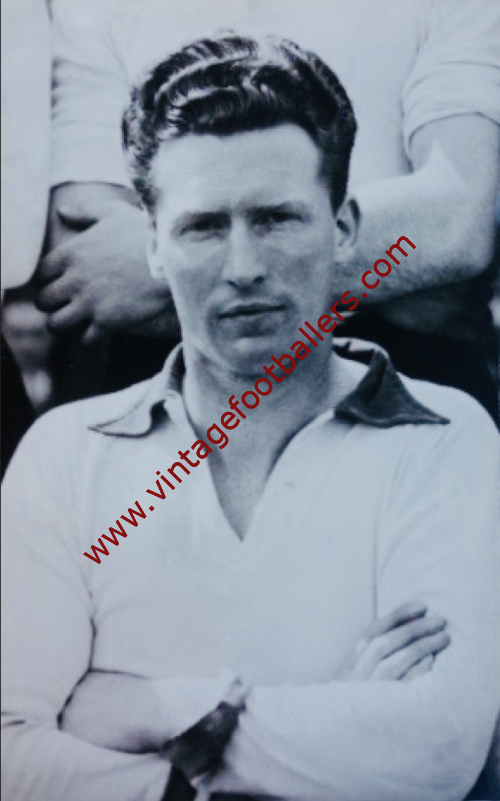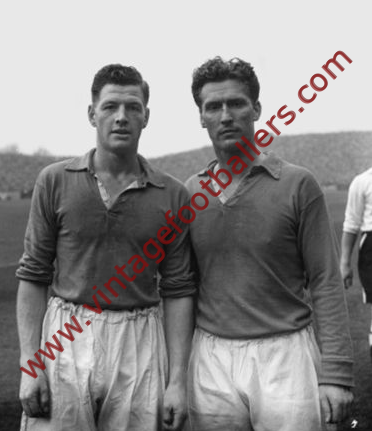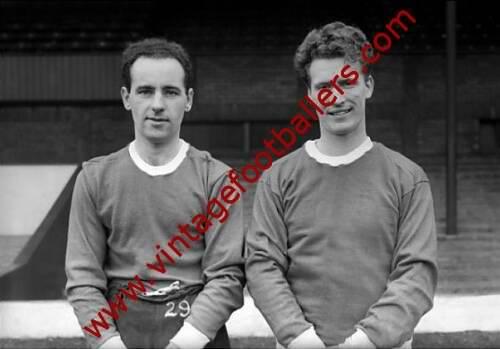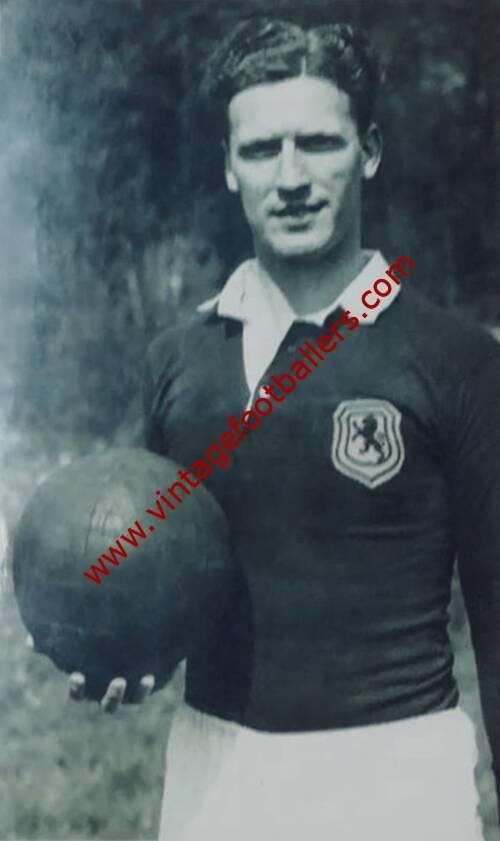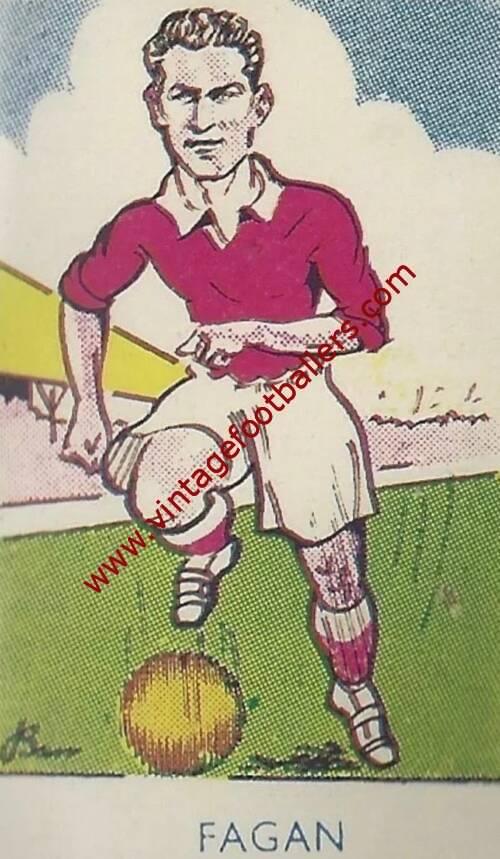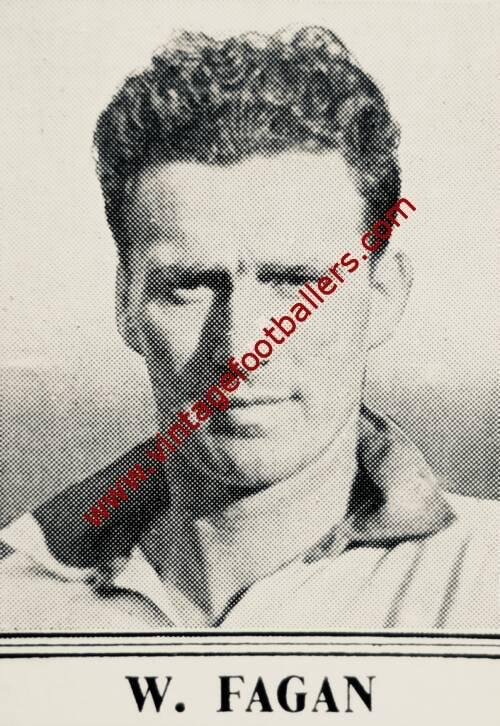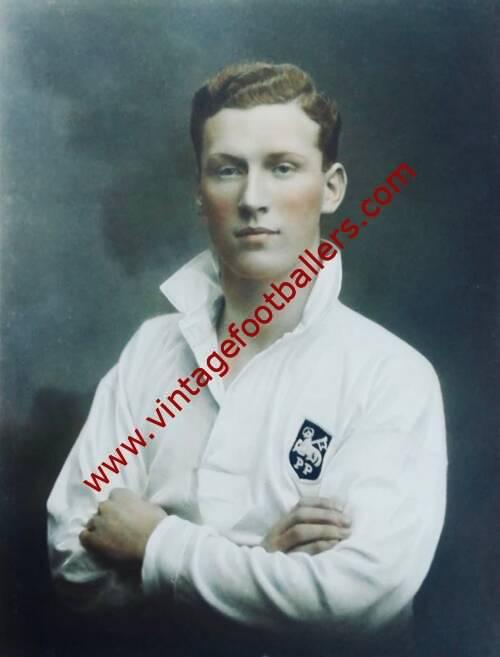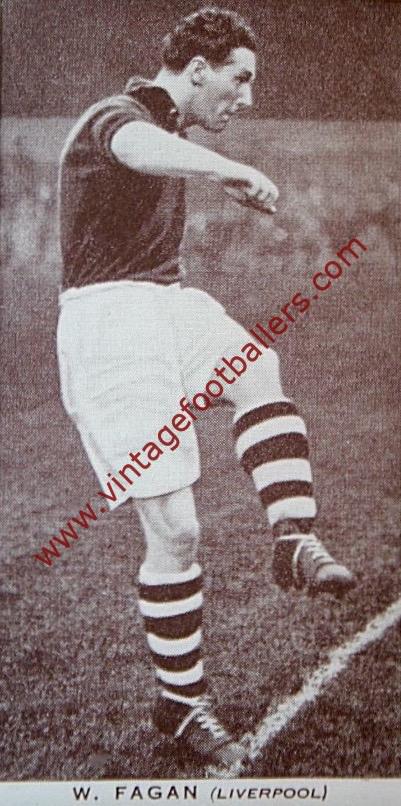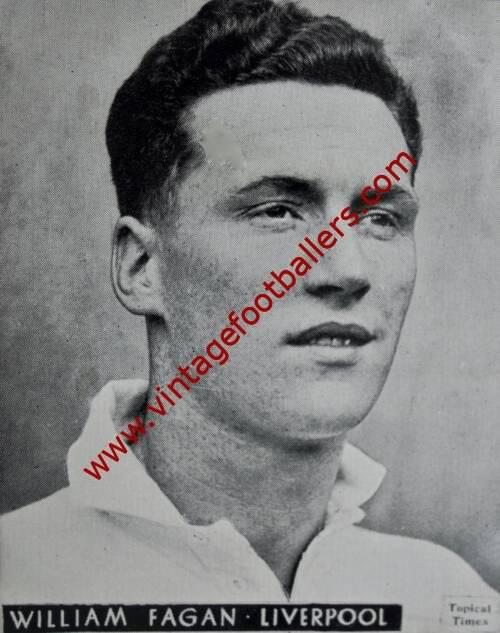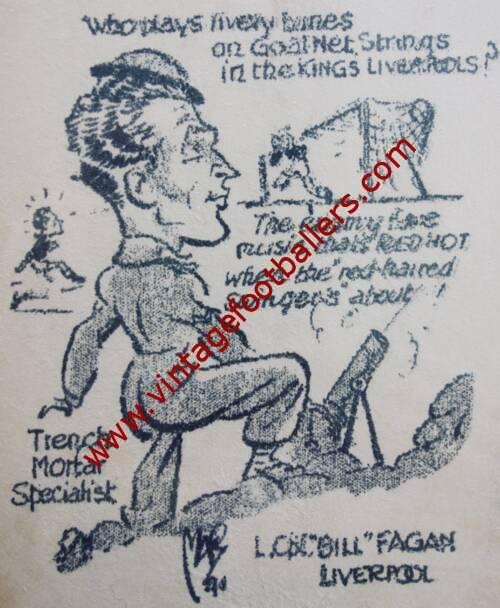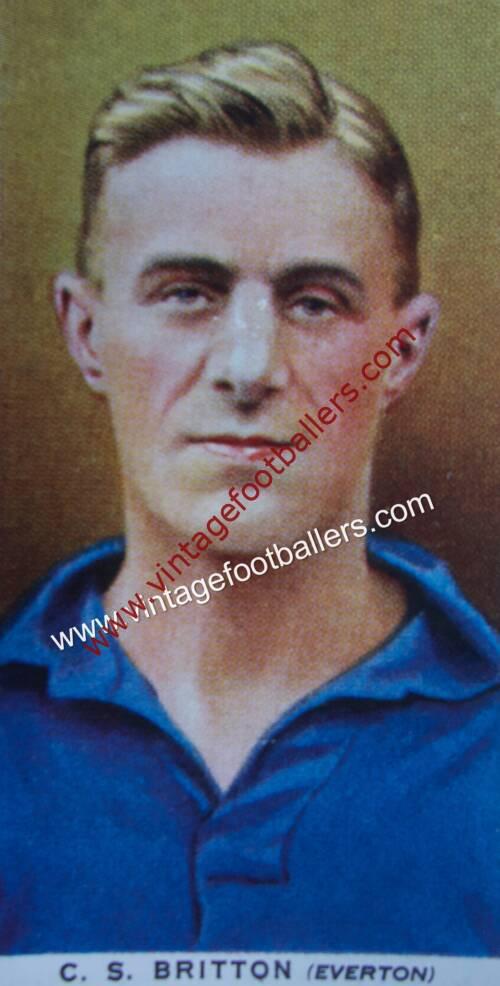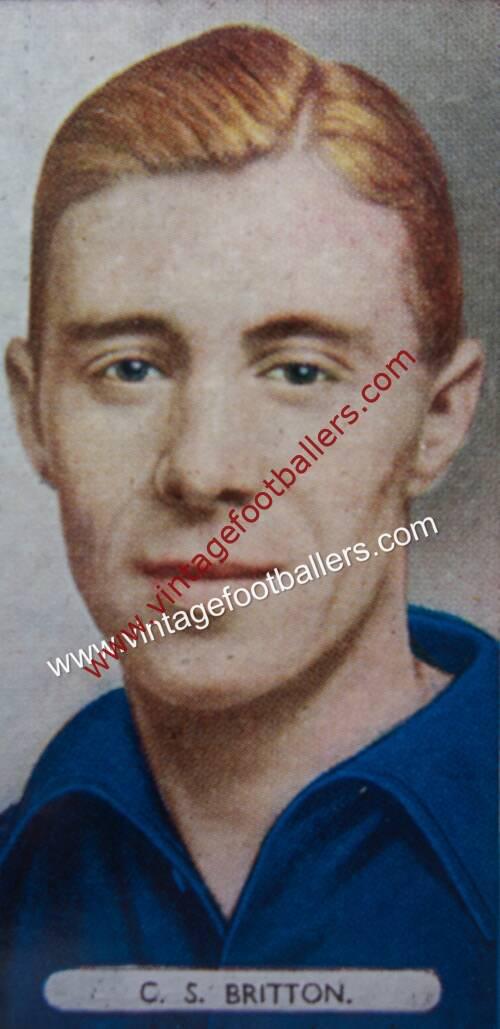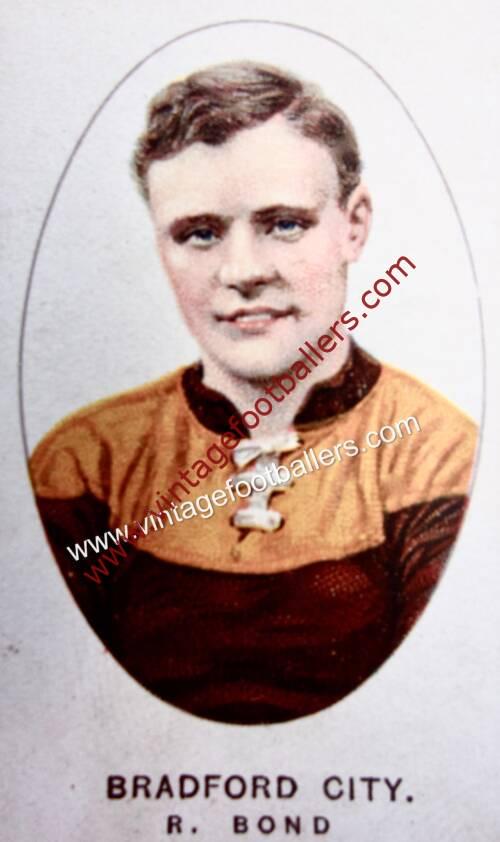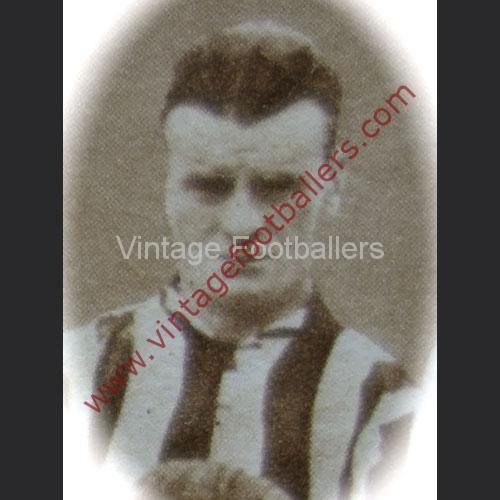Please choose your photo size from the drop down menu below.
If you wish your photo to be framed please select Yes.
Note: 16″x 20″not available in a frame.
Images can also be added to accessories. To order please follow these links
£8.95 – £49.95
Please choose your photo size from the drop down menu below.
If you wish your photo to be framed please select Yes.
Note: 16″x 20″not available in a frame.
Images can also be added to accessories. To order please follow these links
Musselburgh, Midlothian born centre forward or inside left Willie Fagan played junior football for Balgonia Scotia in 1932 and Wellesley Juniors in 1933 before joining Glasgow Celtic as a teenager in June 1934, His debut came in a 3-1 Scottish League victory at Dunfermline on 16th March 1935 when he made a left wing with Hugh O’Donnell. Fagan, an inside forward and nephew of Celtic great John “Jean” McFarlane, played a total of 12 times in his first spell at the club, netting nine goals. His first goal for The Hoops came in a 3-0 win at Albion Rovers on January 18th 1936 as The Bhoys took the League title for the first time in a decade. He transferred to Preston North End in October that year for £3,500, making his Football League debut at Stoke City a few days later, and played in the 1937 FA Cup Final against Sunderland at Wembley although they were beaten 3-1.
The following October, after 6 goals in 41 appearances for the Deepdale club, Fagan joined Liverpool for £8,000, a record deal for a teenager. Fagan went straight into the Liverpool team at centre forward, playing in 36 consecutive matches to the end of the 1937-38 season, scoring nine times. He only missed three League matches in 1938-39, scoring 14 goals and he played in the opening three fixtures of the 1939-40 season before the outbreak of the Second World War in September 1939 caused the League programme to be abandoned and caused Fagan’s Liverpool career to be severely curtailed at the age of 22. While serving with the Army, he played over 100 wartime matches for Liverpool and also had a brief second spell at Celtic in the Wartime Regional League, scoring once in two appearances in January 1942. He also appeared in an unofficial Wartime International for Scotland against England at Villa Park in February 1945.
Unlike some of his colleagues, Fagan was young enough to re-establish himself at Anfield when League football resumed in 1946. Fagan was offered a deal by Second Division Bradford Park Avenue but refused to move which proved beneficial for the player and Liverpool. Fagan scored seven goals in 18 appearances to qualify for a well deserved League Championship medal in 1947. Fagan was called on sporadically, mostly due to injury, in the 1947-48 and 1948-49 seasons and looked on his way into the Third Division but the inside-left position had been problematic for Liverpool and George Kay decided to give Fagan a chance in the opening game of the 1949-50 season, and he missed only 7 matches scoring a career best 16 goals that season.
Fagan’s Liverpool’s career was resurrected once more and his four goals in the FA Cup helped the Reds to their first-ever Wembley Final in 1950 which they lost 2-0 to Arsenal. The Daily Dispatch was impressed by Fagan’s form and voted him the Outstanding Footballer of 1949. Approaching his mid 30’s by the time the next season opened, Fagan’s Anfield career was nearing its close and he played his final game for the club against Huddersfield on the first day of September 1951, having scored 57 goals in 185 appearances for Liverpool either side of the War. While on the transfer list at Liverpool Fagan played with Belfast Distillery in Ireland in 1952 and on 19th July 1952 was appointed player-manager at Weymouth in the Southern League, staying there until his retirement 1955.
NB in the photograph he stands with Preston North End team mate Jack Jennings.
| Weight | N/A |
|---|
